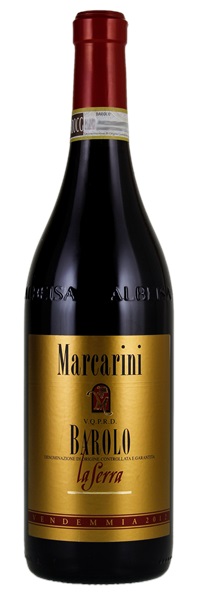Light label condition issue
Removed from a subterranean, temperature and humidity controlled residential cellar; Purchased upon release; Consignor is original owner

Image above is an example. To view the image of the lot, click the item number.
Estimate
...tar, mushroom and leather flavors...this is elegant, presenting a smooth texture and fine balance.
...very pretty, soft and understated. Exotic spices, orange peel, rosewater and dried flowers all lift from the glass in a mid-weight, gracious Barolo endowed with lovely precision and a real sense of understated grace. Silky, lifted and aromatic... The tannins are precise and chiseled in classic La Serra style...
Complex aromas of undergrowth and spice and the remains of red fruit. Bone dry and still with a pretty firm grip, mushroom flavours and dry grip on the finish...silky...with definite tannins but elegant in its dry texture.